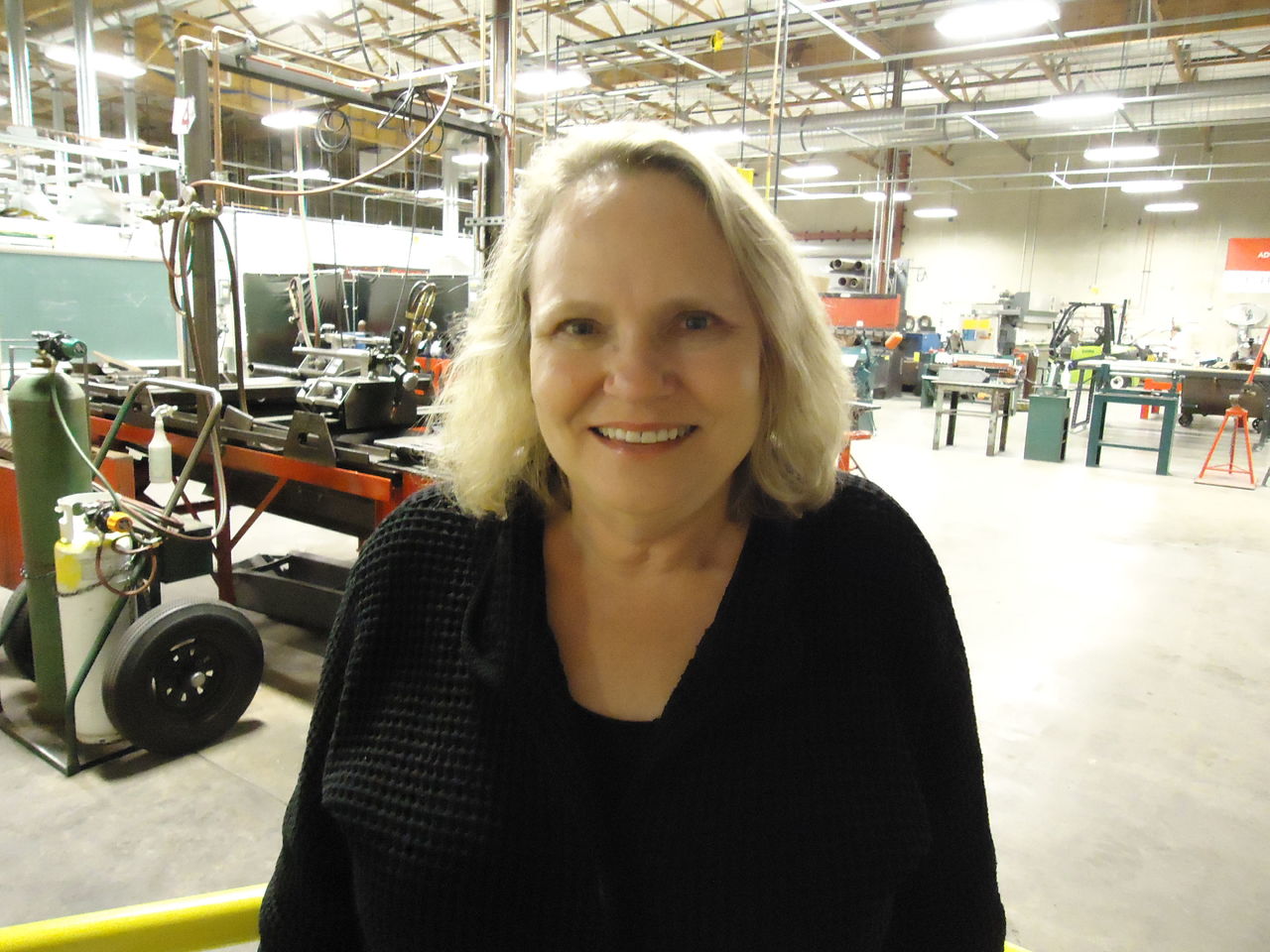EVERETT – Unlike decades ago, the current surge in demand for welders and other vocational skills in the Puget Sound region is more than a search for blue-collar workers.
Increasingly specialized industry requires knowledge of robotics, electronics, programming and fabrication along with a solid foundation of welding, hydraulics and mechanics.
The new mechatronics program at Everett Community College, slated to open this fall, is gearing up to train a new kind of workforce.
“It’s nothing like what we saw in shop class 20 years ago,” said Sheila Dunn, EvCC associate dean of aerospace and advanced manufacturing careers. “The processes are evolving and changing and the foundational skills are changing with it.”
This new crop of technicians will still need to know how to maintain and repair older equipment, along with how to work with automated systems and robotics. The new program is a direct response of industry demand.
“It’s a commitment of the college to the community, to future workers and to the industries that are working hard to support their growing and emerging technology,” Dunn said.
If the name sounds off, don’t be alarmed. It is “a made-up word for mechanical electronics,” Dunn said.
The college’s new program will train technicians in robotics, electrical, mechanical, programming, welding, hydraulics, programmable logic controls and fabrication.
Upon graduation, mechatronics technicians will be able to install, maintain, troubleshoot and repair industrial equipment.
Mechatronics is one of the top emerging technologies slated to transform the world. The Bureau of Labor Statistics forecasts the occupation will continue growing through 2022 and technicians’ broad skill set will help sustain demand for their services.
“What we’re hearing from industry is this is what’s needed most,” Dunn said. “This is the gap: people in the trades with understanding of basic mechanical electronics.”
Locally, Boeing is the big key player in the program and stands to benefit the most from the trained workforce, Dunn said. That also trickles down to second- and third-tier suppliers who are also automating their systems and adding robotics equipment.
As positions for riveters or drillers are replaced with robots, “you’d be creating jobs in turn with the people who have to maintain those systems,” Dunn said
Dunn expects the shortage of these employees will drive the wage up.
Recent machining grads who earn $60,000 after five years could stand to earn more with mechatronics training, Dunn said.
“The whole idea of prevention and maintenance of automated systems is just emerging,” Dunn said. “As these robots are being customized for employers, that creates a whole area of who is going to sustain those investments.”
EvCC committed in October to funding a $2.5 million expansion of the Advanced Manufacturing Training and Education Center to make room for the new mechatronics program.
EvCC President David Beyer said in a news release the program and expansion is “the next step to meet the demand for skilled employees.”
The center, which opened in October 2014, is located in a former warehouse at 909 N. Broadway. The expansion will add 17,000 square feet to the center, including eight classrooms and a mechatronics lab.
The college plans to open the program in stages until it is fully built out to a full-time, two-year degree.
In the two-year build out process, the college will offer a short certificate with compressed versions of the five key areas to mechatronics: electronics, mechanics, programming, pneumatics and hydraulics, and robotics.
This winter students can earn a short certificate in robotics.
Dunn expects the first year will see 40 graduates, but one challenge is identifying who needs the program the most: people already in the workforce or new students.
Since the manufacturing center opened, more than a thousands students have been trained for high-demand jobs in manufacturing and aerospace.
Dunn said she hopes to partner with area high schools for dual-credit courses on robotics and work with area universities’ mechanical engineering programs to create real-life situations for both professions.
Talk to us
> Give us your news tips.
> Send us a letter to the editor.
> More Herald contact information.
























